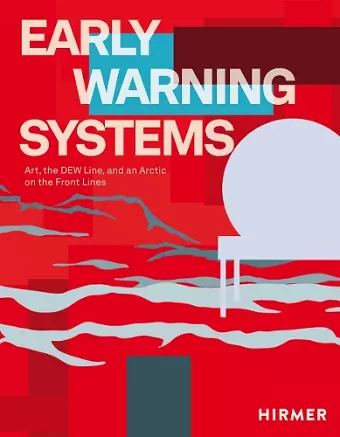Distant Early Warning Systems
From the Cold War to the Cosmos
Jonathon Keats author Ian Hartman author Julie Decker editor
Format:Hardback
Publisher:Hirmer Verlag
Published:3rd Apr '25
Should be back in stock very soon

Art, climate change and geopolitics at a time of rapid social and technological change. The Distant Early Warning Line, also known as the DEW Line, was a system of radar stations in the northern Arctic region of Canada, with additional stations along the north coast and Aleutian Islands of Alaska and the Faroe Islands, Greenland and Iceland. It intended to detect incoming bombers of the Soviet Union during the Cold War and provide early warning of any sea and land invasion.
Today, the Arctic is seen as a place primed for data storage and vaults – doomsday structures with a utilitarian vernacular of architecture, protecting the “knowledge” of places further south rather than recognising the local presence and expertise of place and Indigenous lifeways and Indigenous science. This book looks at the role of artists as early warning systems and explores the ways we connect and disconnect place and people through technology and the ideas of boundaries. With the DEW Line as a framework, Julie Decker examines ideologies of warning. The DEW Line is a symbol of both past and future. Today, we think about planetary boundaries, the boundaries of survival and other human limits.
ISBN: 9783777443195
Dimensions: unknown
Weight: 1020g
272 pages